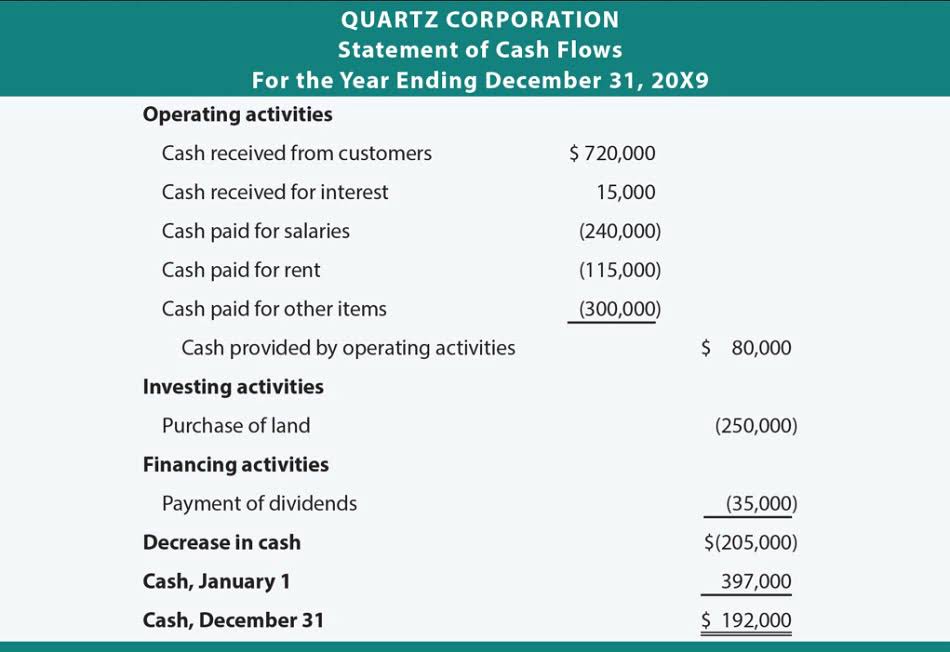
However, you may still need to file a tax return if your self-employment income is less than $400. For a complete list of the rules, consult the instructions on IRS Form 1040. If you have a side gig on top of a regular W-2 job, you’ll owe self-employment taxes on the portion of your earnings that comes from independent contractor work. For example, if you have a $50,000 salary from your main job but earn an extra $5,000 making grocery deliveries, you’d owe self-employment taxes — but only on the $5,000 of side income. They process your transactions, review your information for accuracy, and are available by message or phone call to talk about your finances.
- If you make your estimated payment by mail, make sure it’s postmarked by the due date.
- The content on this website is provided “as is;” no representations are made that the content is error-free.
- That’s because you don’t have an employer who’s withholding these on your behalf.
- You can be liable for paying self-employment tax even if you currently receive Social Security benefits.
- So far, most of this news has been a little frightening to those awaiting their self-employment tax bill.
- The question, of course, is when you should pay your self-employment tax.
- For example, someone making $95,000 annually and filing jointly as a married couple has a 22% tax rate.
Business expenses are costs incurred in the course of running the business. These can include costs for supplies, advertising, travel, and home office expenses among others. All self-employed workers expecting to owe more than $1,000 in taxes are required to file an annual tax return and pay estimated taxes on a quarterly basis. This is an increase of nearly 9% from the $147,000 maximum for 2022.
Step 4: Keep in mind the amount subject to social security tax
Instead, the self-employed person pays self-employment tax of 15.3%. The tax is assessed on 92.35% of the person’s self-employment income. Indeed, a 2022 Upwork survey has shown freelancing to be at an all-time high, with 60 million Americans currently pursuing independent work.
Self-employed people pay income taxes in addition to self-employment taxes. Self-employed individuals pay 12.4% of their wages in Social Security taxes up to an earnings threshold called the Social Security wage cap that’s adjusted annually for inflation. The Social Security to calculate the taxpayers net earnings from self-employment, 92.35% is multiplied by: wage cap is $168,600 in 2024, up from $160,200 in 2023. Earnings above these amounts are shielded from Social Security taxes. If you worked a regular W-2 job, you and your employer would each pay 6.2% of your earnings in Social Security taxes up to the annual limit.
How Does Schedule SE Affect Your Business Tax Deductions?
The appeal of freelancing largely derives from the prospects for higher income, more autonomy, and more meaningful work. In many cases, workers with a strong desire for freedom, creativity, and work-life balance aren’t fans of working 9 to 5. If that’s true for you, then you belong to a group of people that constantly keeps gaining new members. Estimated taxes are due on a quarterly basis (April 15th, June 15th, September 15th, and January 15th). So far, most of this news has been a little frightening to those awaiting their self-employment tax bill. In fact, in a study from Upwork, 24% of freelancers said facing higher taxes was the main reason they decided not to freelance full time.
- You can deduct 50% of your self-employment tax bill from your adjusted gross income and decrease the amount of taxes you owe.
- The IRS allows you to deduct half of your self-employment tax from your net earnings as an income tax deduction.
- Be sure to consult a tax professional for a more accurate assessment of your eligibility for certain deductions.
- This is generally done by filling out a Schedule C as part of IRS Form 1040, your federal income tax return.
- We handle the hard part of finding the right tax professional by matching you with a Pro who has the right experience to meet your unique needs and will handle filing taxes for you.
We encourage you to seek personalized advice from qualified professionals regarding all personal finance issues. Individuals, including sole proprietors, partners, and S corporation shareholders, generally use Form 1040-ES, to figure estimated tax. Only your net business income is actually subject to self-employment tax. ÂNet business incomeâ means your earnings minus any business write-offs you might have. This could be anything from inventory you buy for your business to your cell phone bill. The IRS lets you subtract all of those costs from your self-employment income and will only tax you on the remainder.


留言